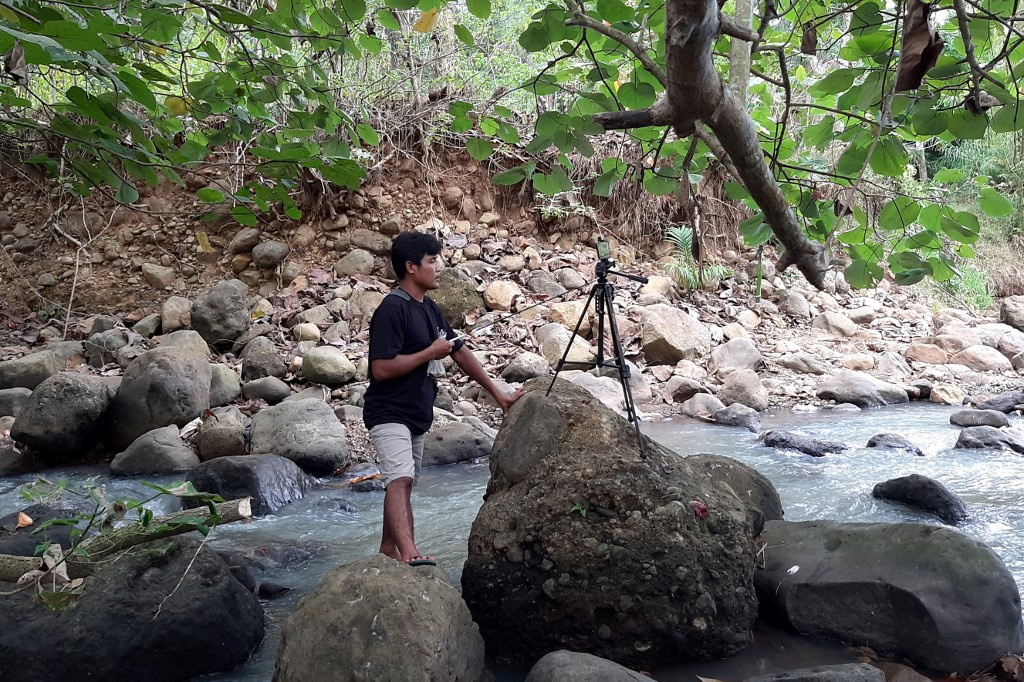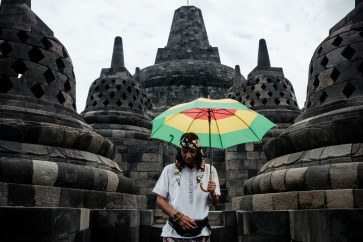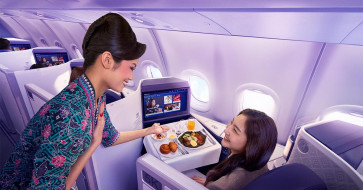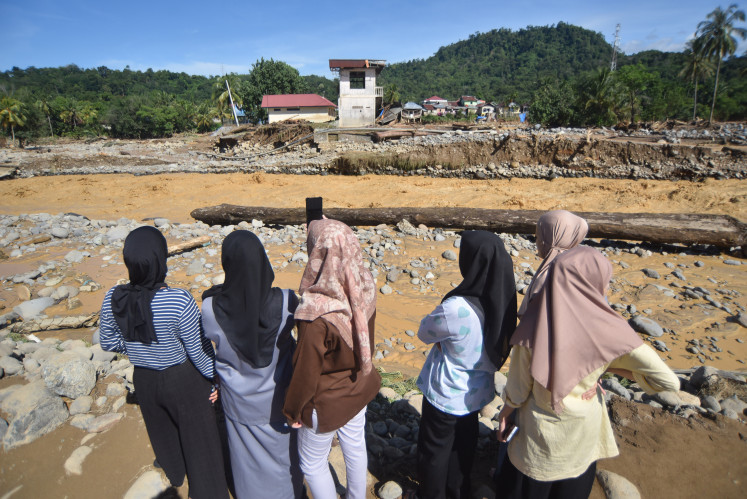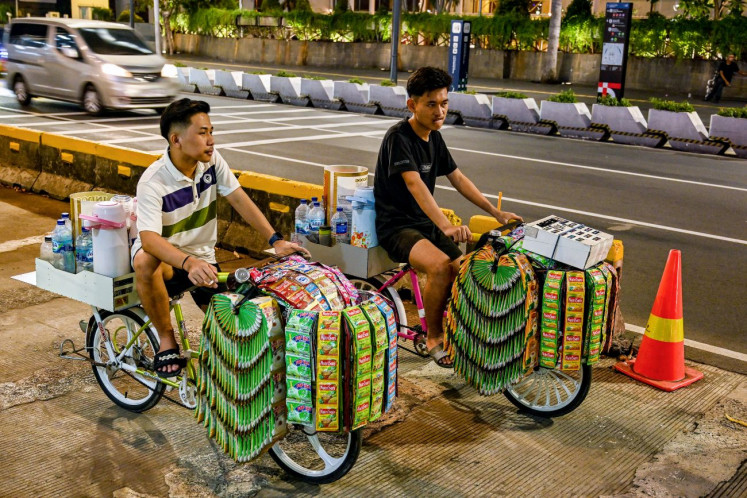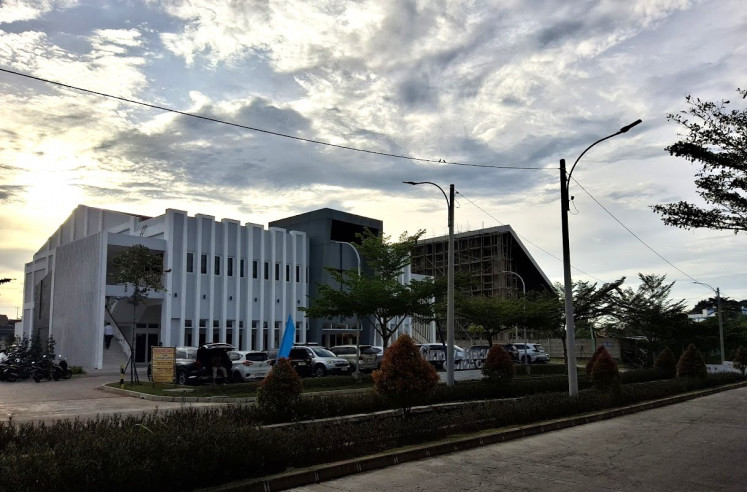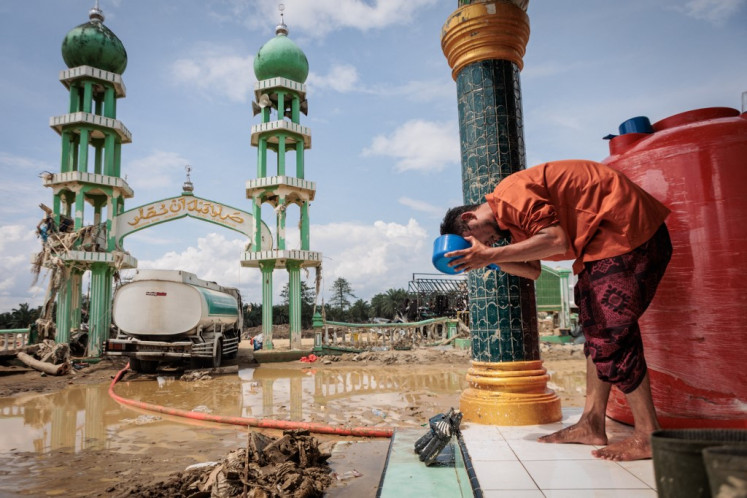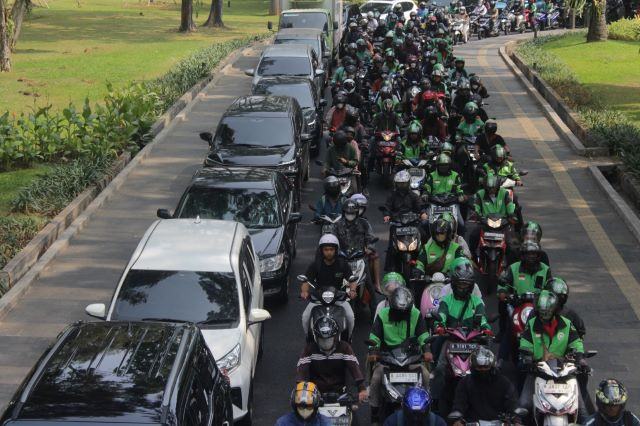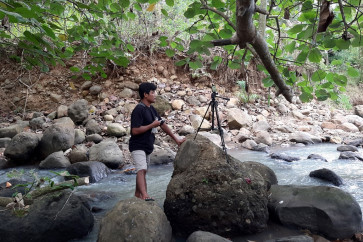Popular Reads
Top Results
Can't find what you're looking for?
View all search resultsPopular Reads
Top Results
Can't find what you're looking for?
View all search resultsBridging the digital divide: Rural resilience and innovation in Indonesia
Rural areas possess untapped potential, developing their own digital trends where local wisdom converges with global influences.
Change text size
Gift Premium Articles
to Anyone
I
n the annals of automotive entertainment, the story of Jeremy Clarkson, a prominent British television host, reviewing a Malaysian-produced car, the Perodua Kelisa, stands out.
Clarkson's commentary in 2007 took a derogatory turn, likening the vehicle's construction to that of people wearing shoes made of leaves and commuting to the factory on horseback or ox-drawn carts. This sparked controversy in Malaysia, with some contemplating legal action.
Beyond the automotive realm, the incident sheds light on broader issues of how First World countries, also known as the Global North, often perceive and stereotype Third World nations, also referred to as the Global South, perpetuating condescension and prejudice.
Clarkson's narrative is not an isolated incident. Numerous similar stories abound. Rural communities, in particular, are often unfairly portrayed as backward, viewed through an urban lens that fails to comprehend their unique dynamics.
As a countryside resident, this perspective saddens me.
Rural areas, contrary to stereotypes, constitute a significant market and are not only exposed to digital technology but are actively embracing a digital lifestyle. According to research conducted by telecommunication company Indosat and Twimbit, the growth of non-food digital trade transactions in rural areas even surpasses the national average.
To illustrate this shift, let me share a story from my hometown. Kumanis village in Sijunjung regency, West Sumatra.

